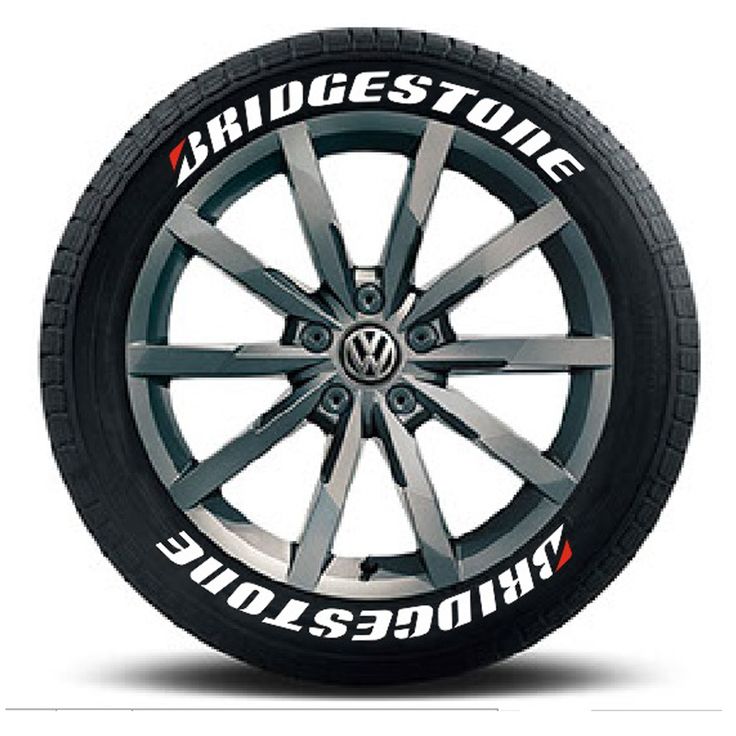One of the problems you can encounter when traveling by car is a punctured tire. Using a patch is a fairly common option to work around this issue.
Yet, if the hole is in a position like a tire wall, the problem becomes much more complicated because it is likely that the defensive position will not be patched.
So, how close to the sidewall can a tire be patched? A distance of 6 mm or more from the tire shoulder is required to fit a patch. In other words, if a crack is closer than 6mm, there’s almost nothing you can do about it!
Tire Sidewall OverviewFirst, let’s learn about sidewalls and how to identify them on your tires.
The wall is the rubber part from the outer edge of the rim to the road surface. This part also has the largest area, is the most flexible, and continuously deforms under loads when moving.
How Close To Sidewall Can A Tire Be Patched?As you know, the car’s wall is in a particular location, so it is pretty challenging to troubleshoot the hole here.
Manufacturers also recommend that you not choose the patch option if the spot is on the side of the vehicle or too close to this position. Then, how close to the sidewall can a tire be patched.
You cannot use the patch if the hole is close to the wheel with a gap of less than 6mm. In addition, you should note that if the hole is more significant than ¼ inch, the patch should not be used. In this case, if the patch is small, it cannot cover the hole, causing the wheel to deflate still when moving.
On the contrary, using a large patch can make the wheel more bulky, difficult to move, and unsafe.
Fix Sidewall DamageOther Related QuestionsTo better understand the problems that occur with the tires and how to overcome them effectively, you can refer to the following information.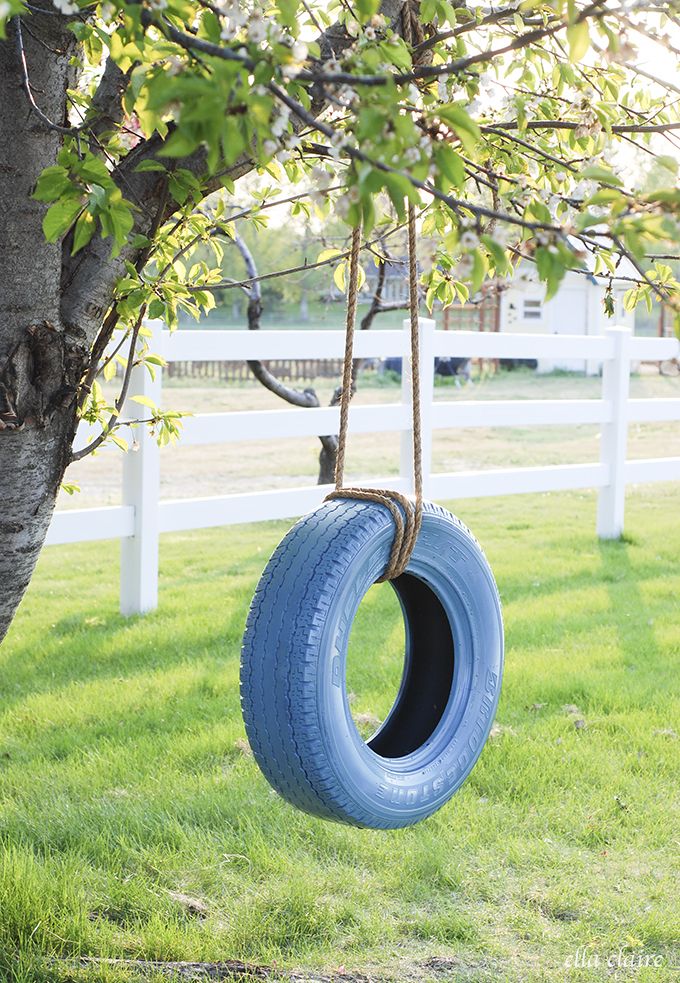
We’ve put together some frequently asked questions that may help answer your questions on this topic.
Plug a flat tire: Is it possible?People are often concerned about whether it is safe to plug or patch a flat tire.
These two options are pretty standard in repairing or overcoming the problem of flat tires caused by rolling nails or other sharp objects.
The manufacturer still recommends that you better replace the tire with a new one when there is a problem because repairing with a plug or patch when a flat one is not a safe solution.
Yet, the cost of new tires is not cheap, and if you have this problem often, it is a big problem. So, many drivers use a plug or patch when a wheel is punctured.
There is a limit to the number of nails or patches on a product. You can use this option to temporarily fix the problem if you find a few small holes. If the wheel has many large holes or previous patches, it is best to replace it with a new one.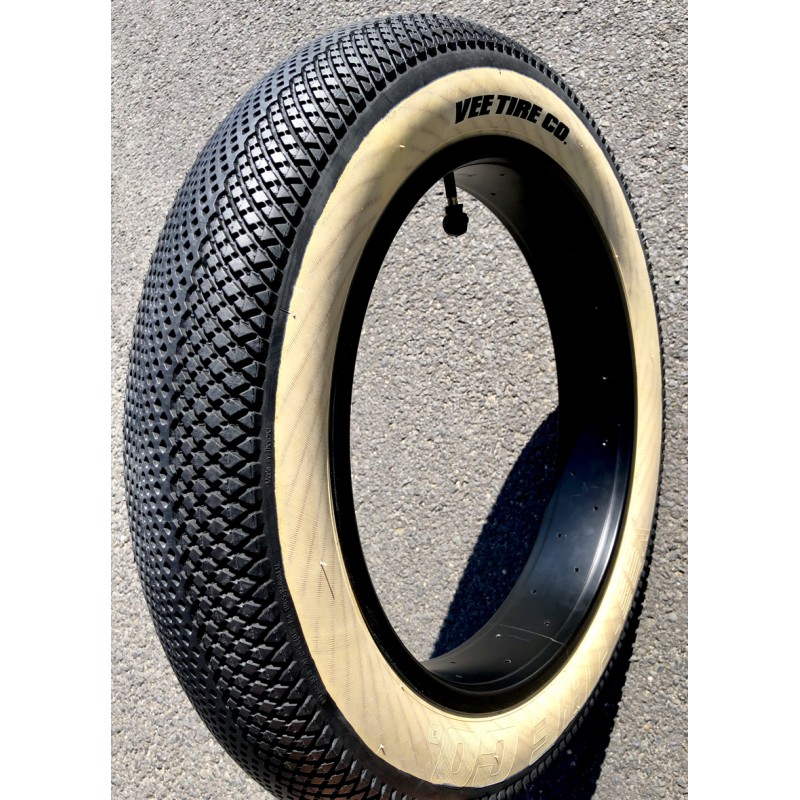
For a detailed guide, check out this video:
How close can a tire patch be to another patch?The gap between patches is also a topic that people are very interested in. When traveling on the road, you may encounter a flat one many times.
As you know, when the tires have had previous patches or punctures in close locations, it is better to replace them. In case
Can you patch a tire on the side of the road?In the case of a puncture on the tire side, the use of stickers is unlikely to have as much effect as you think.
The reason is that its wall adhesion is so thin that relatively few materials can adhere.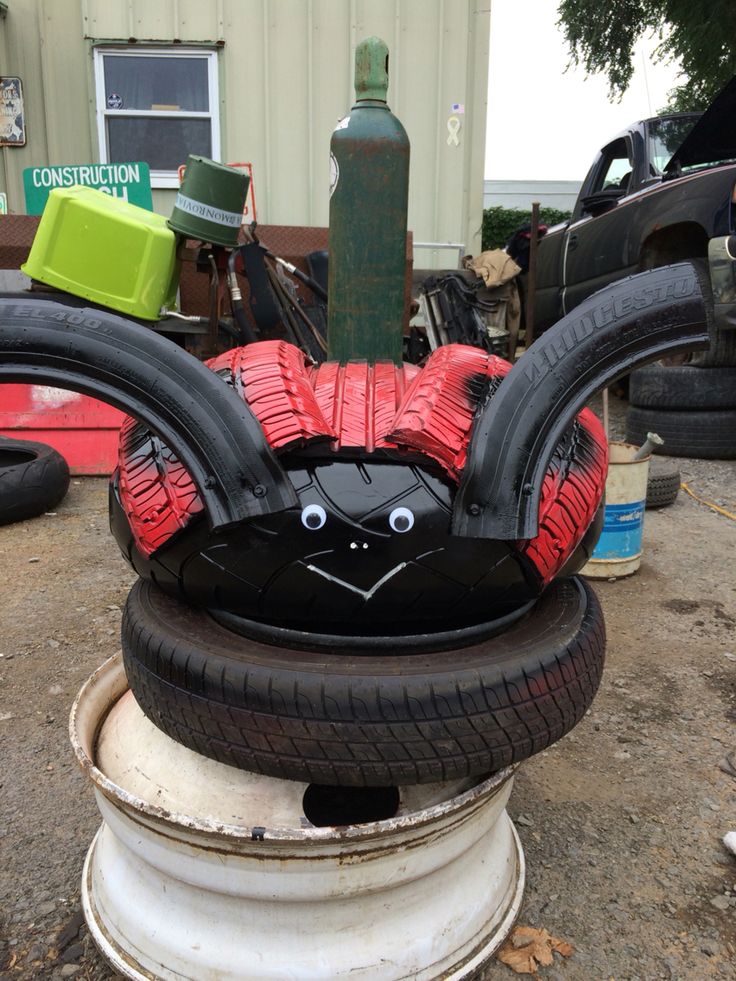 More specifically, damage to the sidewall will seriously damage the structure of a wheel.
More specifically, damage to the sidewall will seriously damage the structure of a wheel.
The solution to this problem is to insert an extra tube inside the wheel to ensure that you can still turn the whole thing.
How fast can you drive on a patched tire?A patched one will not achieve the same speed and performance as it once was. Therefore, the optimal level you can expect from such a version will not be more than 85 mph. Of course, this is just the limit that many manufacturers recommend, but you should not overdo this limit.
Can you patch a tire with 2 nails in it?The answer is yes! It’s just that the gap between the two punctures is at least 16 inches, and you might seal them with two large patches.
According to many manufacturers, the maximum number of times performed is two times. If more than that, it’s time to get a new one.
ConclusionAs such, a puncture in the side of the vehicle is a unique location where patching is not an optimal solution in this case.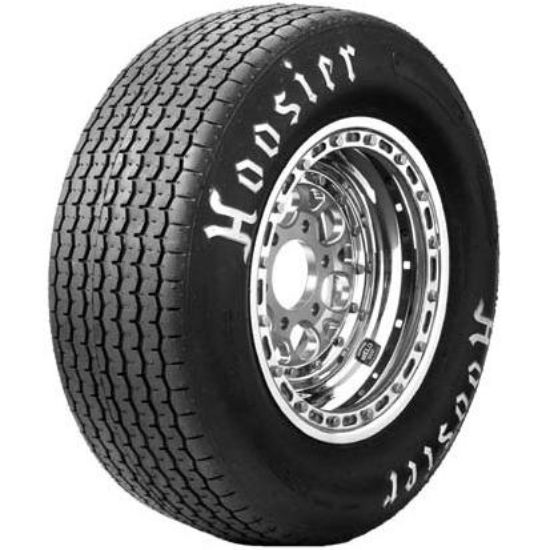 It would help if you changed to a new tire to ensure safety when traveling.
It would help if you changed to a new tire to ensure safety when traveling.
Thank you for following this post!
This post was last updated onFrom potholes to stray nails and screws, your tires can encounter a lot of hazards on the road. And when they become damaged or go flat, you might be wondering whether you should purchase a new set or get the tire repaired professionally.
Not every flat or punctured tire can be fixed, but there are other instances where you can get the tire — and your entire car — back on the road with a quick repair. Read on to learn what kind of tire damage can be repaired and when you should get a replacement.
Puncture location and severity of damage can often be the deciding factors between getting a tire repaired vs.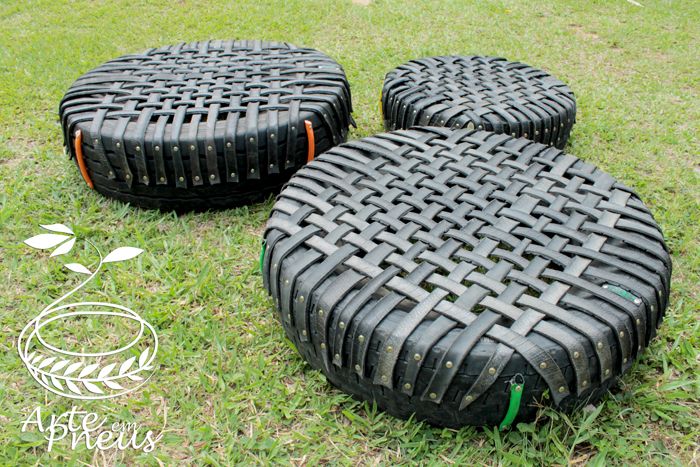 replaced. If you've got a tire that's been punctured in the tread area and it doesn't measure more than 1/4 of an inch (6mm) in diameter, a simple repair may do the trick.
replaced. If you've got a tire that's been punctured in the tread area and it doesn't measure more than 1/4 of an inch (6mm) in diameter, a simple repair may do the trick.
If the tire has two punctures, getting a tire repaired may still be an option as long as the punctures are at least 16 inches apart and the maximum number of repairs does not exceed a total of 2 in the tire. Any more punctures than that, and you should consider getting a new tire. Punctured tires will likely need to be replaced if:
Durable run-flats, such as Bridgestone DriveGuard tires, can often buy you a little more time in a flat tire situation. But if driven on with less than 15PSI, they may not be repairable. To prevent this issue on run flats and otherwise, avoid driving your vehicle if you have a flat or are low on air.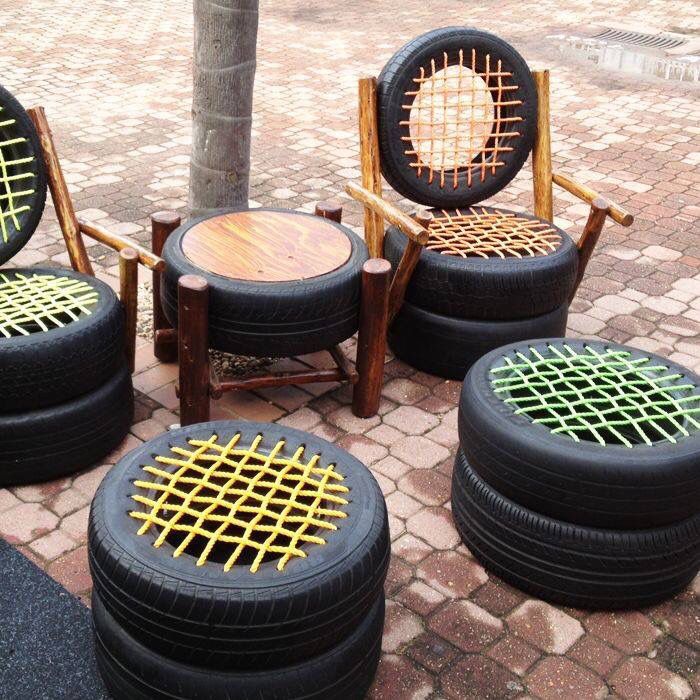
If you notice a bubble in your tire's sidewall, this has likely been incurred by high-impact damage. Factors like driving on a flat, hitting a pothole or curb the wrong way, riding over speed bumps or railroad crossings too quickly, or overloading your tires can all lead to this issue. Although this tiny bulge may not seem intimidating, tires with side bubbles are not repairable, and you should have the tire replaced as soon as possible.
Repaired tires can often be mended again if the damage doesn't compromise a previously repaired area. For example, if you have a nail-in-tire situation, you may be able to do a quick repair if the puncture location doesn't overlap with a previous tire injury and the repair was done properly. If it does overlap, you will likely need a replacement.
Oftentimes, affected tires will need to be replaced following a major incident.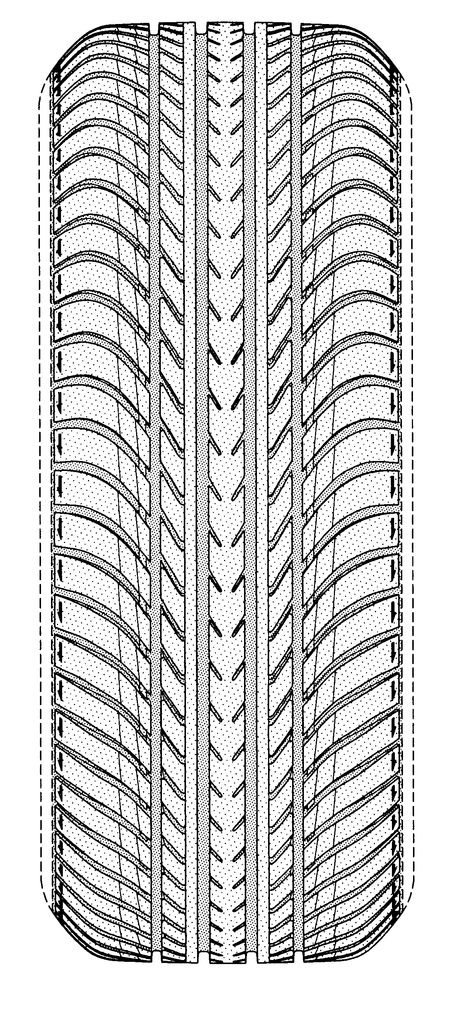 If the tire has sustained serious damage in a crash, such as significant cuts or tread separation, it should be replaced, not repaired.
If the tire has sustained serious damage in a crash, such as significant cuts or tread separation, it should be replaced, not repaired.
You might be tempted to do a quick fix when you do have a flat or damaged tire. Here are two that can be used in emergency or short-term situations but shouldn't be considered long-term tire repairs:
These fast fixes are a double-edged sword. They'll help you get your car to a local Firestone Complete Auto Care, but don't count on them to keep you on the road for very long. Tire sealants can freeze in cold weather, damage your tire pressure monitoring system, and prove ineffective at repairing any tire damage that's more serious than a slow leak or small hole. It's also important to note that our technicians will not be able to fix punctures in tires with emergency temporary sealants.
Again, these are quick fixes that aren't meant to enable long-term use of a punctured or damaged tire.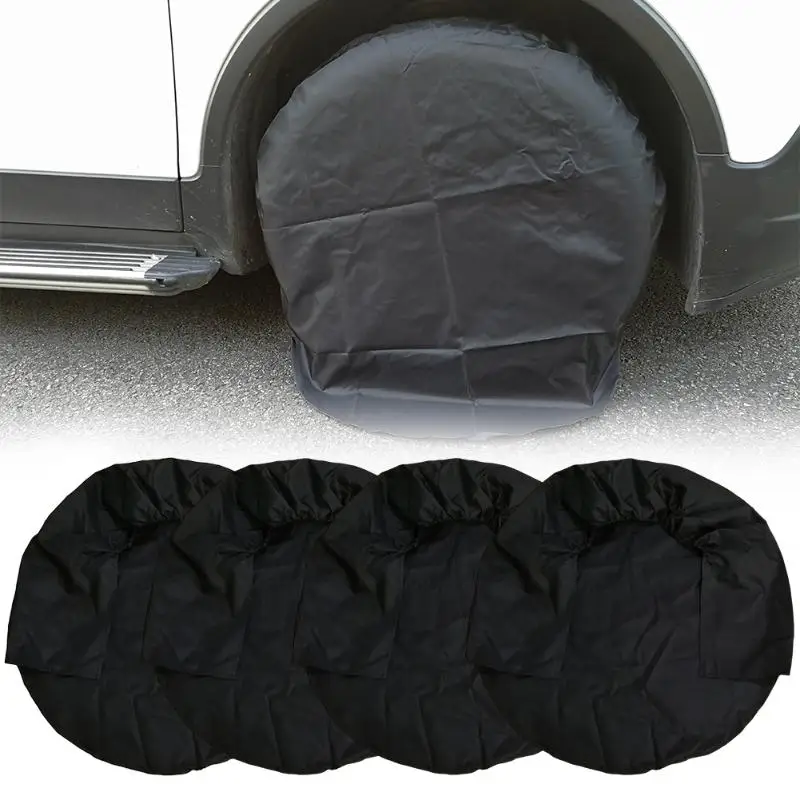 When considering a flat tire patch or replacement, remember that a patch doesn't fill in the hole left by a puncture — while a plug doesn't offer a permanent seal. In short, patching or plugging alone are never adequate long-term solutions. That's why at Firestone, our technicians can use a patch-plug combo to provide an adequate long-term solution for some tire punctures.
When considering a flat tire patch or replacement, remember that a patch doesn't fill in the hole left by a puncture — while a plug doesn't offer a permanent seal. In short, patching or plugging alone are never adequate long-term solutions. That's why at Firestone, our technicians can use a patch-plug combo to provide an adequate long-term solution for some tire punctures.
To ensure your tire is safely repaired or replaced, it's best to have it inspected and serviced by a trained technician. Visit your local Firestone Complete Auto Care and ask about our tire repair services. Your safety is our priority, and we back all of our work with a triple promise that guarantees your repair will be Fixed Right, Priced Right, Right on time.
Now that you know when to repair vs. replace a car tire, schedule your appointment today!
Workshop Solutions
Wash area Reception/delivery area Diagnostic area Locksmith area Wheel alignment area Tire shop Body repair shop Painting area
Tire shop
Purpose of the tire shop
The equipment of the tire shop allows mounting and dismantling of all types of wheels of cars, SUVs and light trucks with rims from 10" to 30" in diameter, as well as repairing all types of damage on chamber and tubeless tires, including damage to the tread, shoulder and sidewall, when the extent of damage, not exceeding the maximum allowable.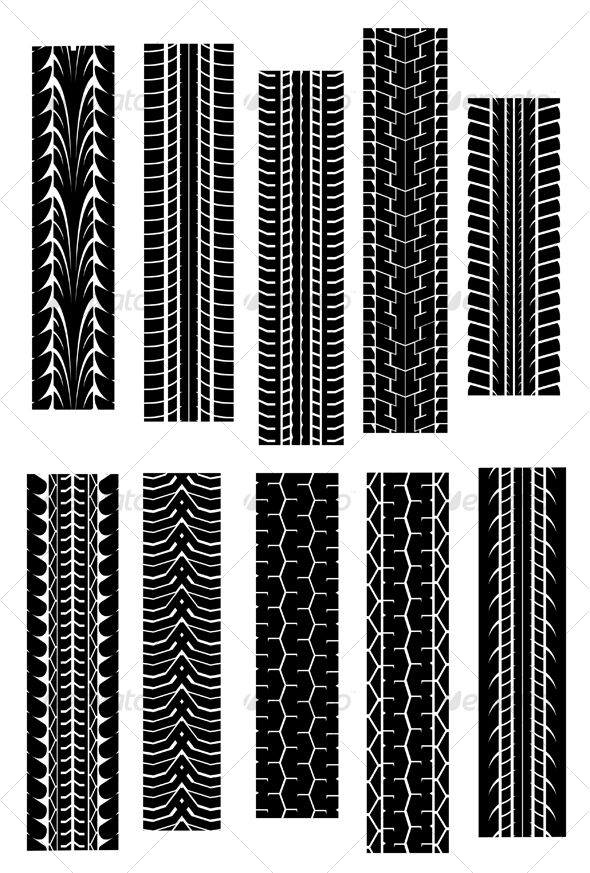 Balancing stands, which are also part of the site, allow you to eliminate wheel imbalance.
Balancing stands, which are also part of the site, allow you to eliminate wheel imbalance.
Equipment
To organize a full-fledged tire fitting and wheel balancing area, the following types of technological equipment will be required:
In addition, to repair punctures and cuts in tires, you will need:
You can purchase all the necessary equipment for organizing a turnkey tire changer from our company.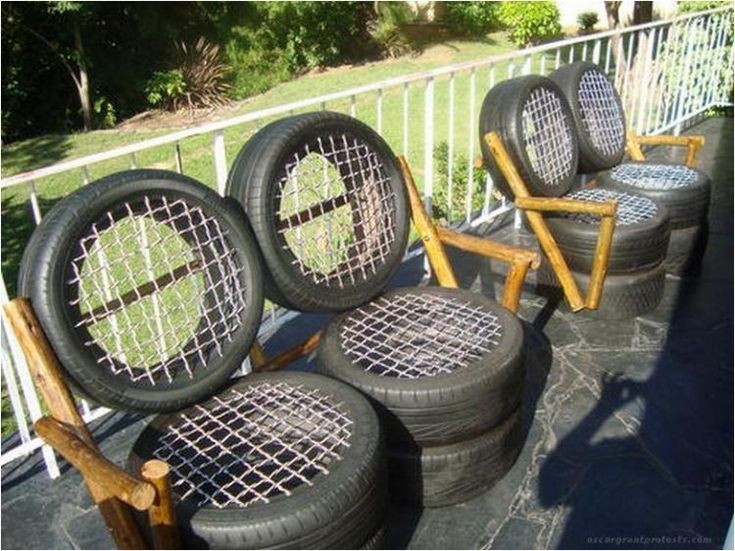
Technological process of section
The sequence of operations at the tire shop is as follows:
the car drives onto a tire changer with a low lift height or is hung out using rolling jacks.
Then, using a pneumatic wrench, the wheels are removed from the car and placed in a special wheel wash.
Then the wheels are disassembled on a tire changer, if necessary, punctures / cuts of tires are repaired by vulcanization, or new tires are installed (seasonal tire change).
Then the newly assembled wheels must be balanced on a balancing stand.
If the tire shop is equipped with a Hunter GSP9700 or Road Force Touch (RFT) vibration control stand with a load roller, then with their help it is possible to carry out not only ordinary balancing, but also in-depth wheel diagnostics aimed at determining and subsequent minimization of the power inhomogeneity of the wheel, as well as eliminating side slip of a set of wheels, as a result of which the owner returns the "move of a new car".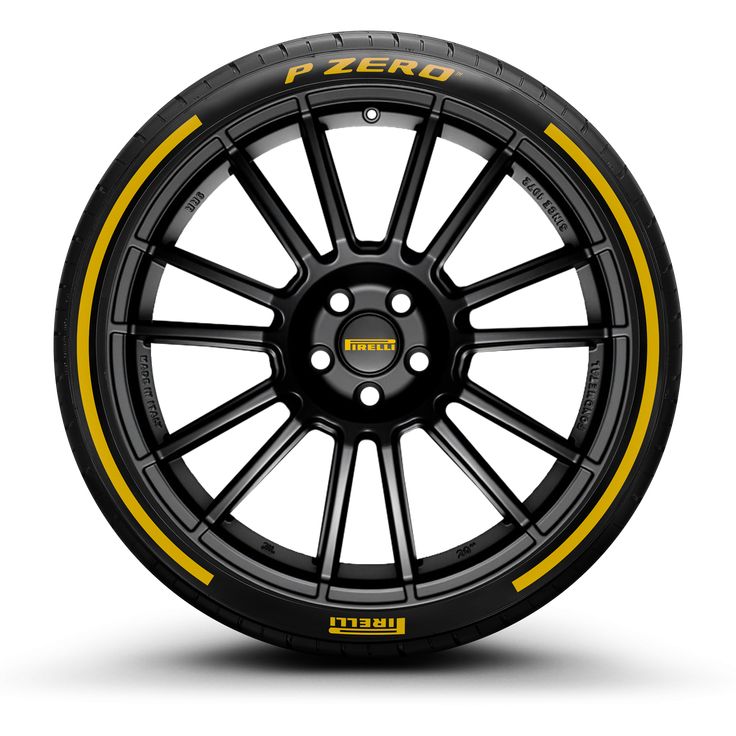
After the wheels are assembled and balanced, they are installed back on the car and tightened with a certain force using a torque wrench.
This is important so that the wheel bolts or nuts do not unwind during further operation, and at the same time not to overtighten the fasteners, which leads to deformation of the fastening thread and the impossibility of unscrewing the wheel in the future with a regular wheel wrench, especially in road conditions with a puncture .
Equinet turnkey project
Equinet offers ready-made solutions for designing a tire fitting site, as well as select all the necessary equipment and tools in accordance with your needs, wishes and budget.
We provide warranty support for all supplied equipment within the framework of manufacturers' warranties. Moreover, Equinet offers an extended warranty for up to 5 years, subject to the conclusion of a subscription service agreement. To implement warranty obligations, our company maintains a warehouse of spare parts for the equipment supplied.
File format: AutoCAD 2018, dwg, doc, Word
Number of drawings: 3
Tags: Avtoservis Graduation project Design of enterprises, sites, workshops
| Project type | Graduation project | Number of sheets (drawings) |
| Format | AutoCAD 2018, dwg, doc, Word | 70 (3) |
Improving the technological process of the tire -repair section of the trolley depot with the development of tire repair technology
Diploma project
2 General Purpo Plapois. plot
3 Stand for inspection and repair of tires with specification
Composition of the tire repair shop:
Pneumatic spreader MS-2
Cage for tire inflation SI
Stand for straightening disks and wheels PK-4S
Telfer for
for painting wheel rims KPS-2.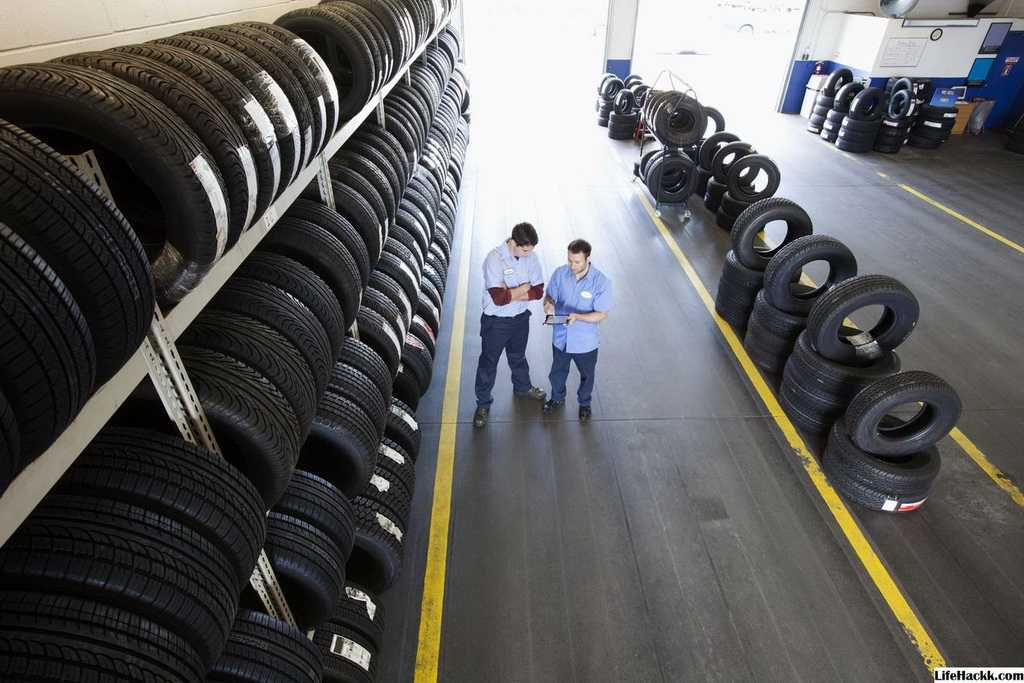 1
1
Rack for tires SI
Stand for dismantling tires 3150.2
Bench bench OGR-19.1
Chest for waste SI
Electric vulcanizer 34
Tube Inspection Tank
Buffer
Manual Adhesive Mixer
Sandbox
Tube Hanger
Specification for Tire Inspection and Repair Stand 9000
Working table height - 0.75 m
Rated force in the rod - 2.5 kN
Piston stroke - 0.4 mm
Required hydraulic power - 0.22 kW . 9Ol000
2.4 Correction of the labor intensity of maintenance and repair
2.5 Determination of technical readiness and fleet utilization factors, determination of the annual fleet mileage0003
2.6 Calculation of the annual service and daily service program
2.7 Determining the annual labor capacity by type of service
2.8 Determination of the number of workers
3 Organizational part
3.1
3.2 Calculation of the area of the designed unit
9000 3. 3 Development of the technological process
3 Development of the technological process
3.4 Worksheet
3.5 Measures for labor protection and fire safety
4 Design part
4.1 Selecting and description of the structure
4.2 Calculation of stand structures
5 Economic part
5.1 Calculation of the cost of fixed assets
5.2 Calculation of the cost of
5.3 Calculation of indicators of project
Conclusion
List List sources used
The purpose of the diploma project is to analyze the current state of the production and technical base of JSC "TROLNOV" and develop a plan for the reconstruction of the tire repair area.
The objectives of the graduation project are the formation of proposals for improving the work of the tire repair section of the enterprise and the development of a set of measures in the area for updating equipment and tools that have increased reliability, durability, efficiency and meet all the requirements of modern domestic and foreign standards, the choice of new technological processes for repairing trolleybus tires.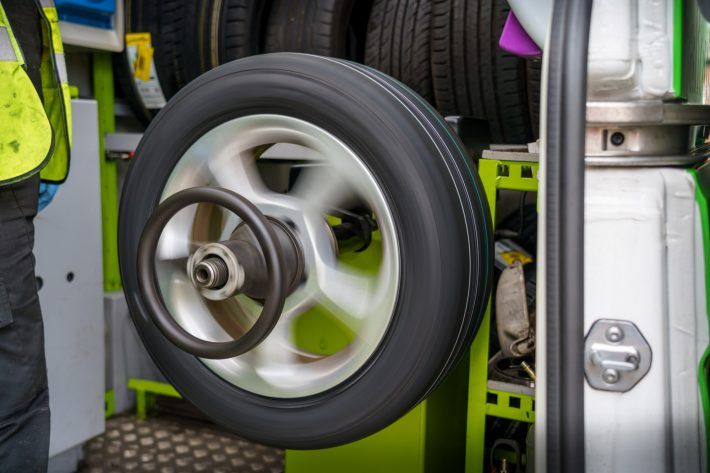 This requires a preliminary clarification of their economic efficiency and determination of the payback period of the proposed measures.
This requires a preliminary clarification of their economic efficiency and determination of the payback period of the proposed measures.
In the presented graduation project, the topic was raised about the importance of constantly improving the efficiency of repair work in the tire repair section of OAO TROLNOV.
An assessment of the condition of the site, its compliance with established standards and a standard technological process. During the analysis, a number of significant shortcomings were identified related to the violation of the technological process, the quantitative and qualitative composition of operations carried out during tire repair, as well as low organization and maintenance of repair processes.
The main factors affecting the insufficient organization of repairs were identified, a set of measures was developed to improve the technological process of the tire repair site, the necessary technological equipment was selected, a set of measures for safety, fire safety and industrial sanitation was drawn up.